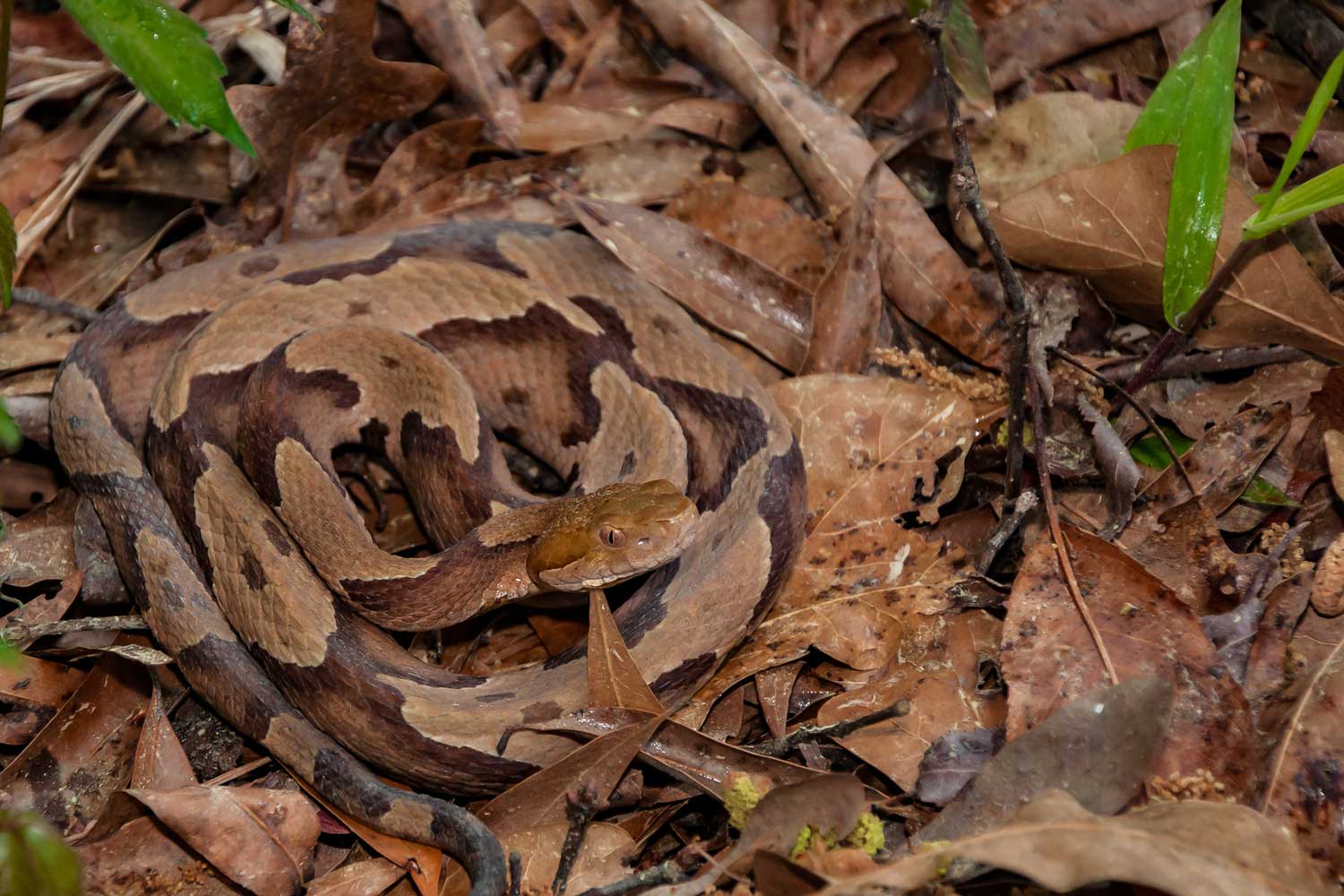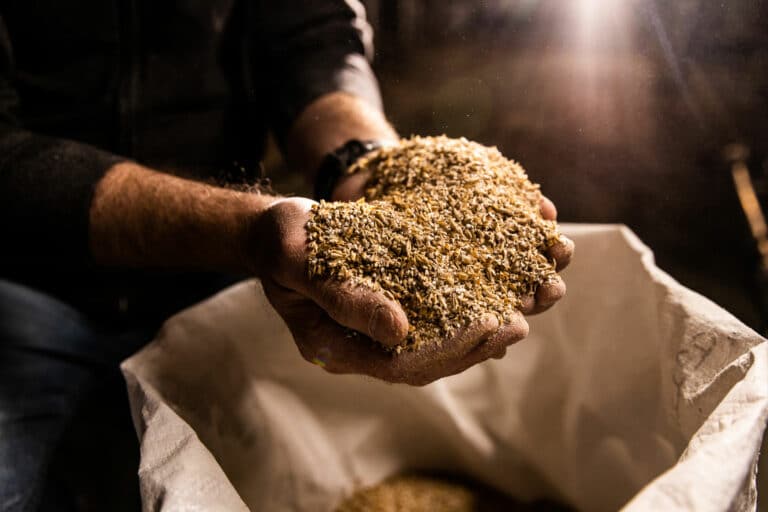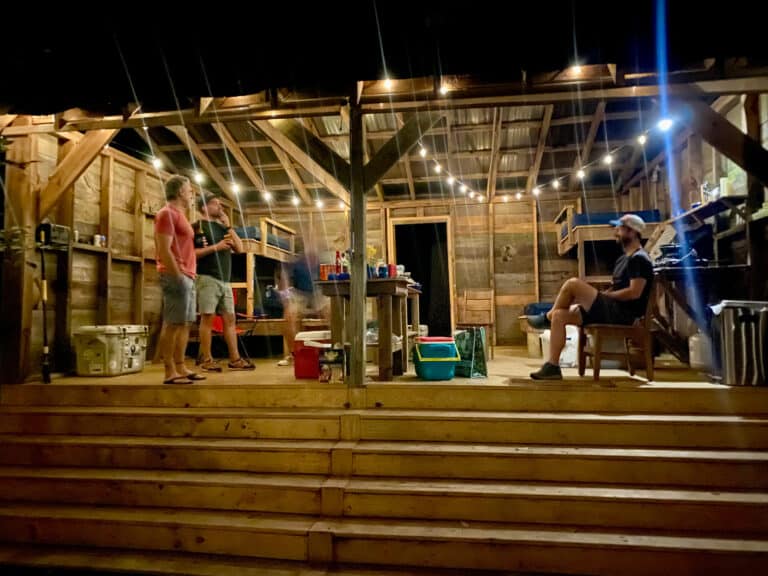If you grew up in Western North Carolina, as I did, you probably have snake stories to tell.
One of my memories from my childhood in McDowell County involves a summer day when I was riding my horse Thunder through my front yard. We came to the cement walk that ran from my house to the street, and I happened to look down to see a copperhead stretched near us. Thankfully, Thunder hadn’t noticed the snake. I knew that Thunder, a skittish young Appaloosa, would likely spook and run wild with me if he saw the snake, so I tugged his rein and turned him, clicking my tongue and nudging his sides with my heels. We cantered safely to the backyard corral.
After I dismounted, I hurried to find my neighbor Neal—an older man and outdoorsman—to tell him about the snake. He came down to my yard with his hoe and promptly severed the snake’s head. As was his custom, he hung the snake’s body in his garden to ward off crows.
Neal’s response to the copperhead was not unusual. I have read that the copperhead can be considered the most dangerous snake in North Carolina because of its presence in many areas of the state, the predominance of its encounters with people, and the fact that most venomous snakebites in North Carolina are received from copperheads. So the copperhead usually elicits concern, especially in those who live in rural areas and spend time outdoors.
Many people can relate a story about a family member or acquaintance who has been bitten by a copperhead. The snakebite victim likely suffered pain, swelling, and possible tissue damage in the bite area. I believe some people fear losing a body part, such as a hand or foot, from a copperhead bite. While death from a copperhead bite is rare, the fear of this snake’s bite is powerful. It causes most of us to tread carefully in yards or pastures with high grass and in woods, where a snake might be hard to detect.
My husband Steve, who also grew up in McDowell County, recalls a copperhead story involving his grandmother, who lived in Hankins, a woodsy community near Lake James.
“Granny was down on her knees, pulling weeds around her flowers and bushes,” he relates. “She would throw the weeds behind her. Mama was picking up the weeds and throwing them off the bank. Granny threw a handful of weeds, and there was a little copperhead snake in it. Mama started to pick up the weeds and saw the snake.
“‘Lord, Mama,’ she said, ‘you’ve done picked up a copperhead.’
“Granny turned around, looked and saw it, and then she said, ‘Well, kill it.’ And then she went back to pulling weeds.”
My husband’s grandmother was of tough stock and took her hardscrabble life and the presence of copperheads in stride.
But I am not so casual in my reaction to copperheads. Recently, on a June evening at dusk, my husband and I were watching television in our living room. Suddenly, we heard our border collie Bandit barking outside. His bark was high-pitched and frantic. We’d heard this tone before and feared that he had come upon a snake. In 2015, he had confronted a large copperhead and was bitten on his face.
I stepped out onto our front porch and looked to see Bandit cornering a coiled snake on our cement driveway, close to our house. I ran back into the house for a flashlight, and when I shined the beam on the snake, I saw that it was light brown with chestnut-brown hourglass-shaped bands. “It’s a copperhead!” I yelled to Steve, who came out of the house in his socks and stepped off the porch onto the driveway.
“Don’t get too close!” I warned him.
The snake struck Bandit, who grabbed it and shook it furiously.
“Bandit, don’t!” I screamed.
Just then, Bandit flung it across the driveway, and it landed near Steve’s feet.
“Watch out! Don’t let it bite you!” I cried. At that moment, Bandit grabbed the snake and ran with it to the yard.
“No, Bandit!” I screamed, knowing he had already been bitten by this snake and would likely get bitten again.
Steve went inside the house to get his revolver, and I stepped into the yard, keeping the flashlight aimed at Bandit and the snake.
“Try to get Bandit away from the snake,” Steve yelled when he came back outside, and I called Bandit, who amazingly dropped the snake and came to me. I held his collar and continued shining the light on the snake, so Steve could see it clearly to get a precise shot. His foremost reason for taking this action was our family’s health and safety. He knew if the snake escaped, it would likely come back to our driveway, posing a danger not only for our dog, but also for me, our daughter, or him if one of us got out of our vehicle and stepped on it.
Once again, Bandit survived his snake ordeal. But since that recent June evening, my family has been more vigilant about walking on our driveway from dusk to dawn.
The copperhead is not one of North Carolina’s eight snake species protected under the state’s endangered wildlife law. So it is not illegal to kill one. Yet I believe most people do not seek out copperheads to destroy. We simply try to avoid them and hope our paths don’t cross.
For forty years, my husband and I have lived in the western region of McDowell County, in the neighborhood where he grew up. This is a mountainous area approximately a quarter of a mile from the Pisgah National Forest boundary. Black bears, foxes, coyotes, deer, raccoons, ‘possums, rabbits, and various rodents, amphibians, reptiles, and birds have shared our property.
We have enjoyed our co-existence with these many creatures. Such proximity to wildlife is one of the beauties of living in Western North Carolina. However, with some of these creatures, including copperhead snakes, we prefer to keep our distance.
Photo: Southern Copperhead Snake – Getty Images








